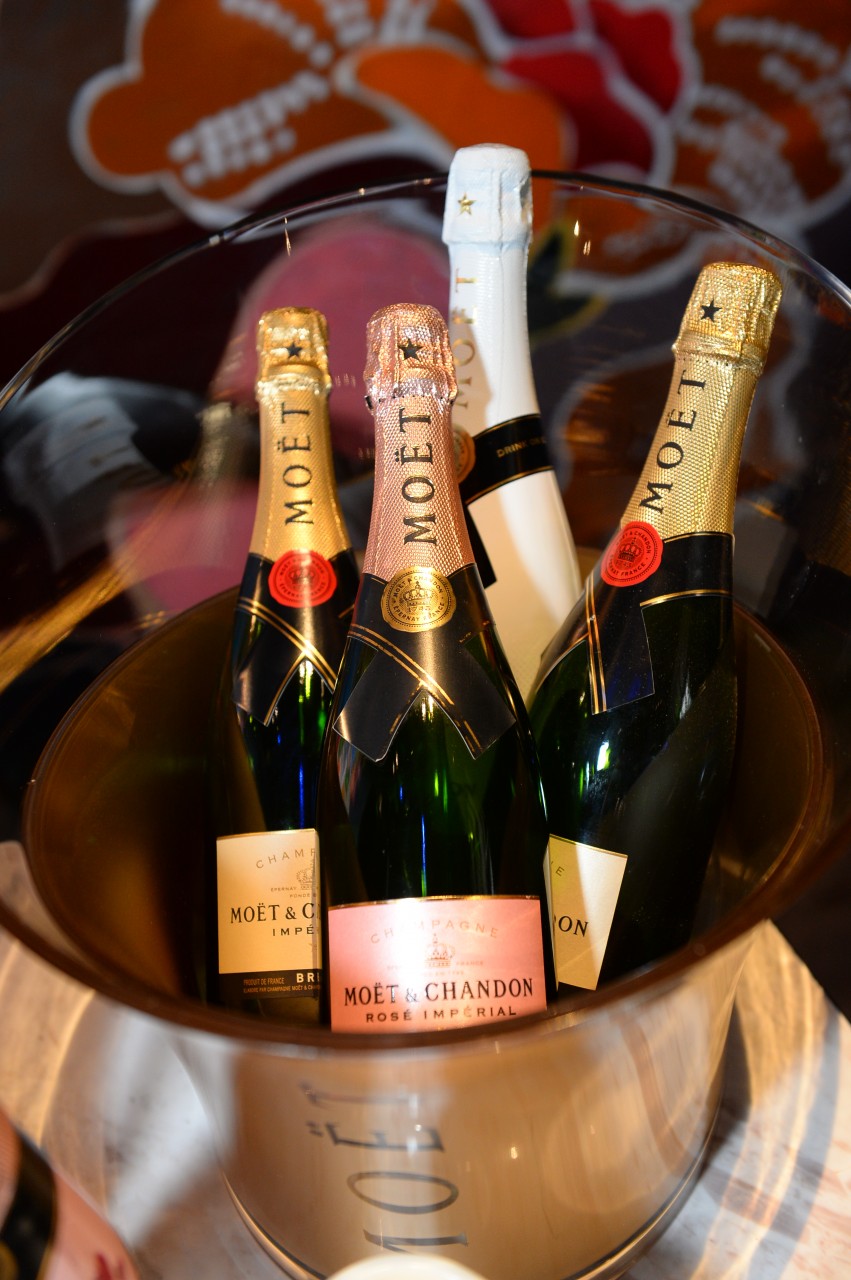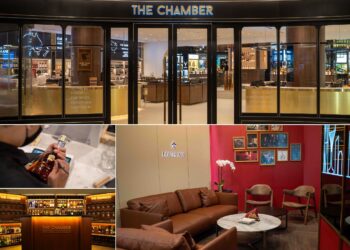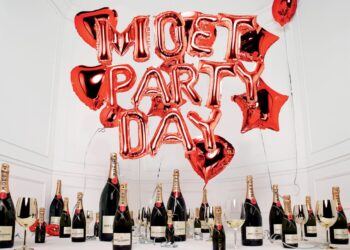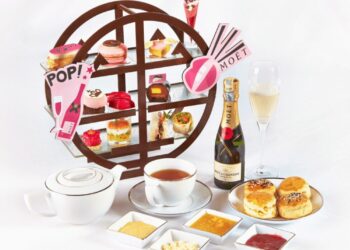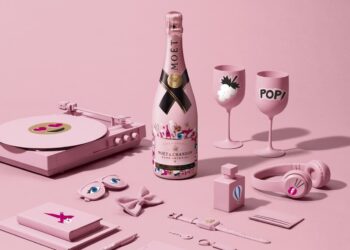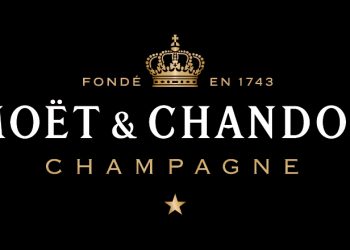Hunting down the right bottle of bubbly for a certain occasion can be daunting. You dash into the store and head toward the sparkling wine aisle only to be bombarded with impossible French jargons, high-end branding and sky-high price tags. Which one is best suited for the celebration? More importantly, will it be any good?
This sparkling wine which dates back to the third century BC hails exclusively from the Champagne region of France and though this ultimate drink of celebration is in fact a long-standing tradition in various parts of the world, many fail to savour the real multi-sensorial experience it extends with its complexity.
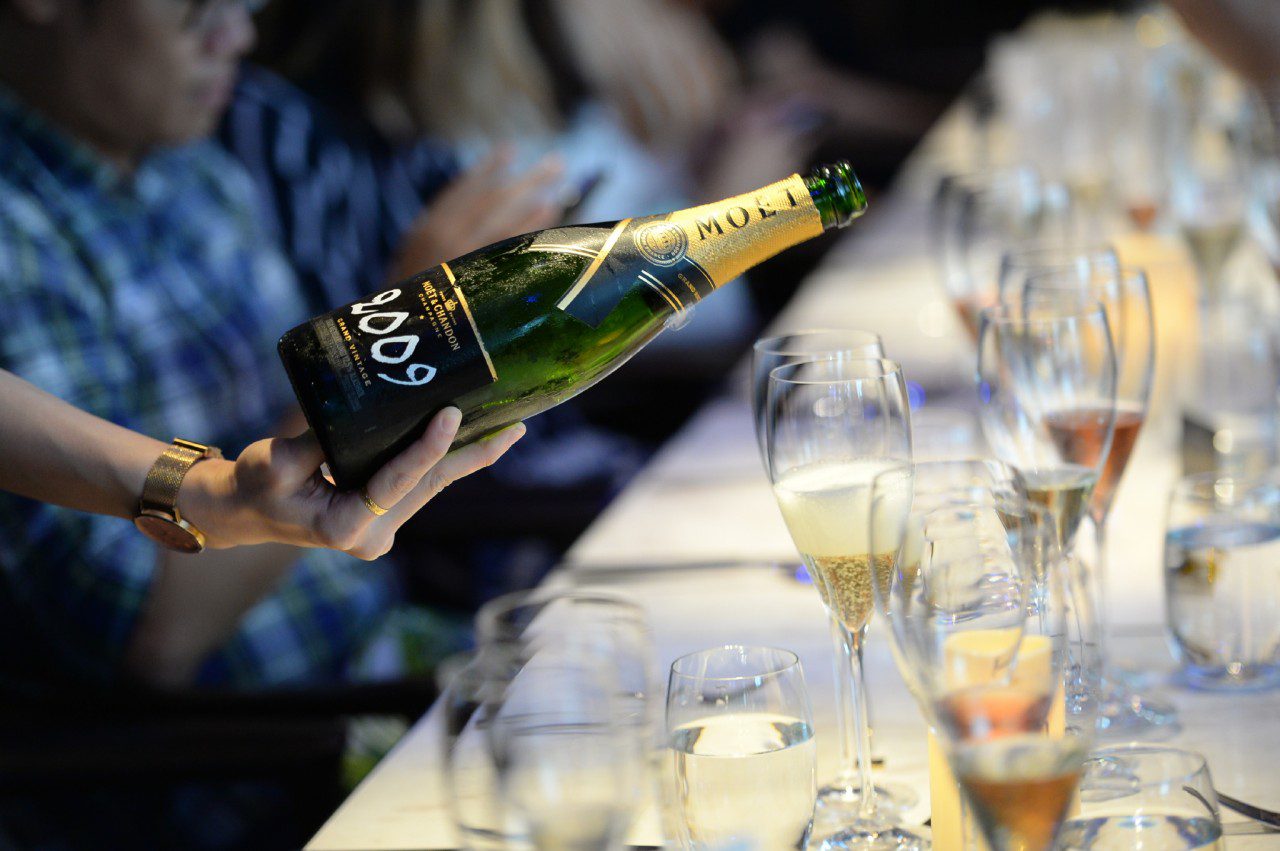
It begins with the gentle easing out of the cork as a prelude to the distinct pop that follows soon after. As the effervescent fizzing of the golden blonde liquid gushes into the glass, the spectacle of magical bubbles rise to the surface. It sparkles with life as its delicate yet complex aroma fills the nose.
Finally as you take your first sip, the sharpness, richness and intensity of the champagne hits the tongue. There is a tartness from the acidity that shakes up the palate, followed by velvety and fruity flavours without being excessively sweet. The question is.. How can we thoroughly indulge in the refinement of champagne?
We spoke to Marie-Christine Osselin, oenologist of Moët & Chandon to find out.

Q: How did you get started in this competitive industry?
A: I studied quality management and then worked in the cellars in Rhone Valley, South of France for 10 years. Moët & Chandon was looking for someone with a background in quality management as well as the capacity to manage wine communication, so I got the job as I had both the skills. I really wanted to discover champagne-making and being managing a luxury brand like Moët & Chandon.
Q: What does your job entail year-round?
A: We’re busy the entire year. We harvest at the end of August to the beginning of September. After fermentation, we work with a team of winemakers to taste the base wines and ensure that they are of the highest quality. This is when we decide based on the quality and expression which base wines will be best suited for the champagnes under our portfolio.
I then have communication trips from October to December. In January to March, I work on enhancing the quality of our products and complete writing procedures before going on communication trips again from March to June. Finally from June to August, we prepare for the next harvest whilst having summer vacation.
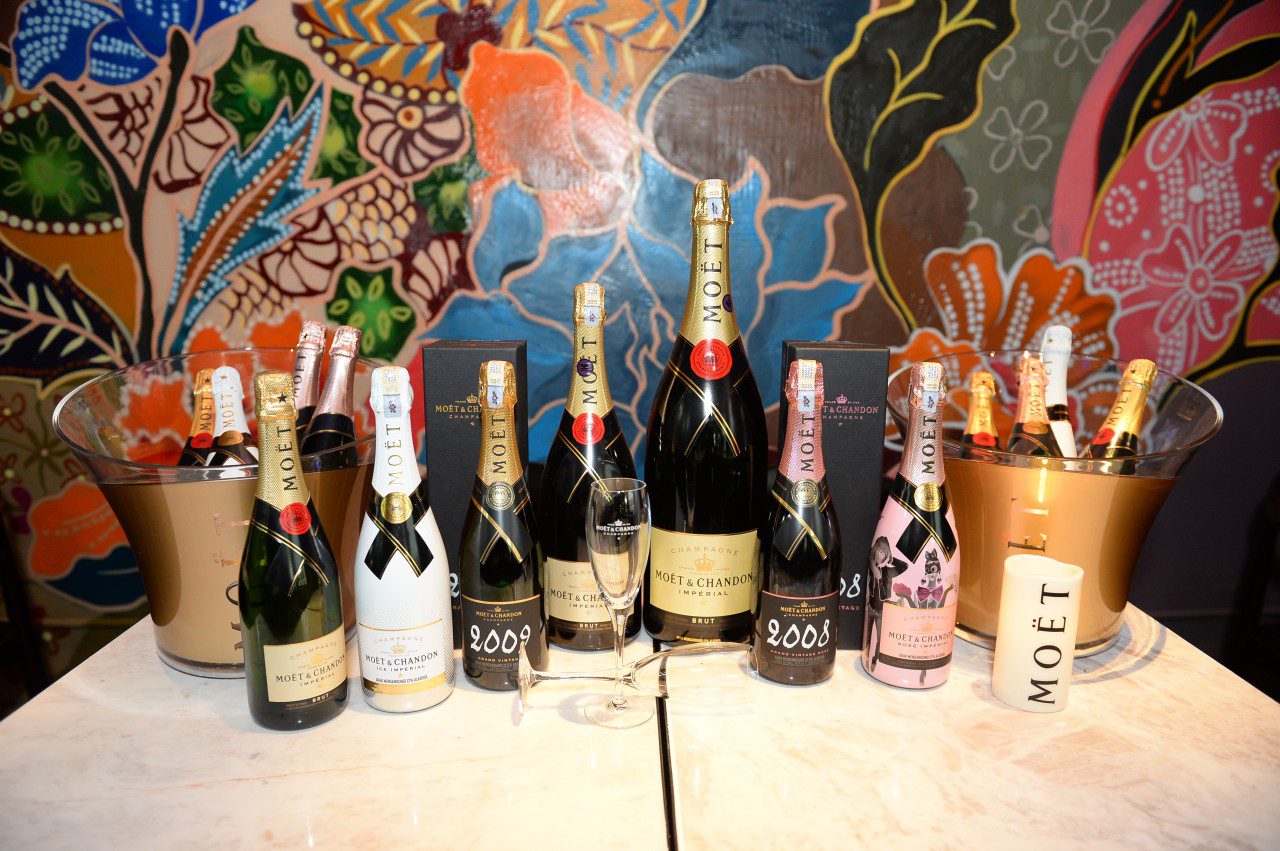
Q: How do you decide if a wine makes the cut for a bottle of Moët & Chandon?
A: In every bottle of Moët & Chandon champagne, you have about 100 different wines. We decide whether each wine makes the cut by finding the perfect expression that aptly echoes the similar notes of each champagne.
Q: Moët & Chandon has always been marketed as a lifestyle beverage. Will this persist?
A: Moët & Chandon has always been a lifestyle brand in the beginning, even from the 18th century. It is in our DNA. Yes, we want to continue being a lifestyle brand, but that doesn’t mean we are light on precision. We take the quality of our wines very seriously.
Moët & Chandon has a portfolio of wines that cater to various moments in life. Moët Impérial and Moët Rosé Impérial are very versatile and are perfect for a whole plethora of different occasions. On the other hand, Moët Ice Imperial is better suited for more casual moments when you desire an ice-cold beverage. Then, you have the Moët Grand Vintage that is something more profound and complex.
For birthdays, little celebrations and weddings, I would go for Moët Impérial or Moët Rosé Impérial. Moët Ice Imperial is meant to be enjoyed on ice, so it’s good for a hot summer day by the beach. When you have the time to dive in and slowly savour your beverage with little to no distractions, the Moët Grand Vintage is wonderful.
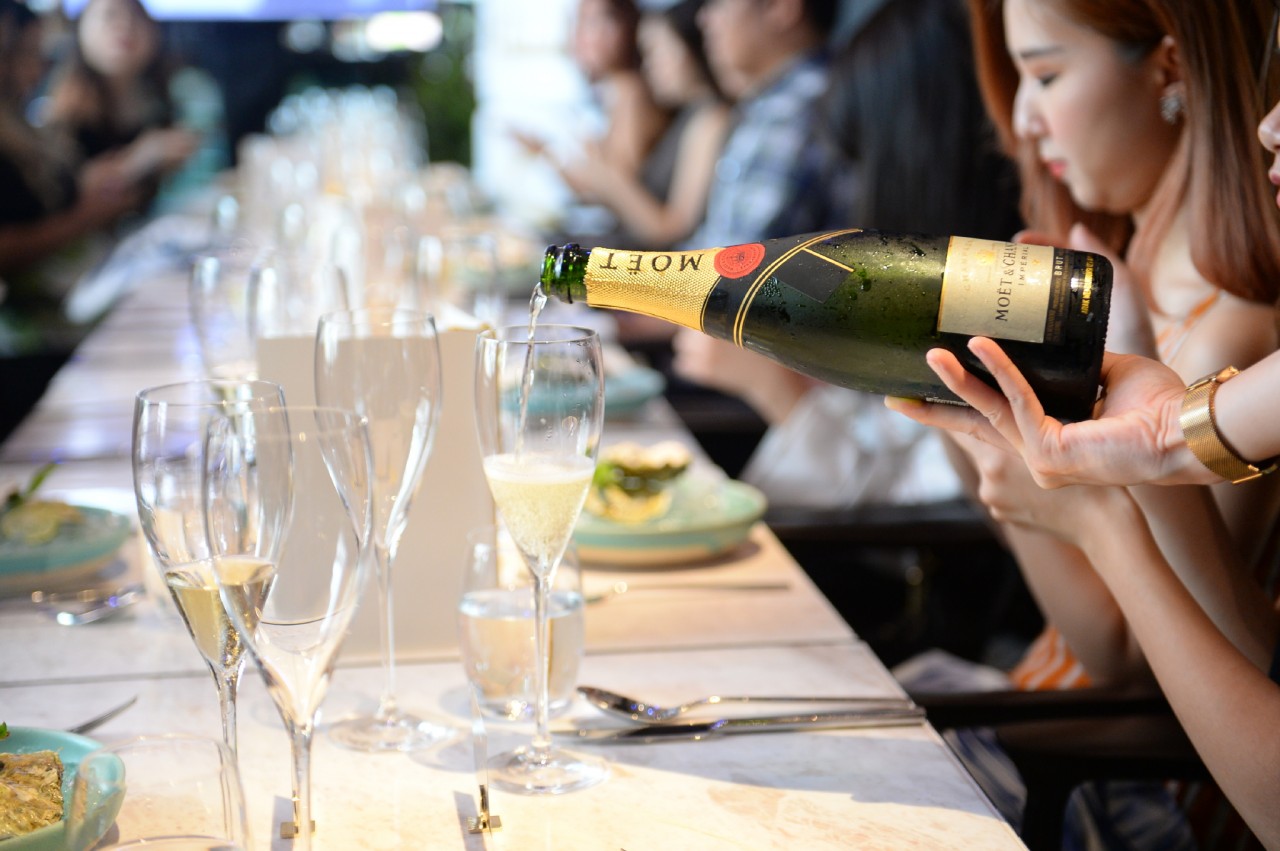
Q: Are there any other initiatives in store for 2018?
A: This year, you can expect Moët & Chandon Grand Day, which will be a 24-hour celebration everywhere in the world, from New Zealand to the west coast of the United States of America. It will include the whole Moët & Chandon portfolio of wines and is very exciting!
Q: There has long been an ongoing debate about storing champagne in the refrigerator. What is your take on this?
A: You can store your champagne in the refrigerator to prepare it for the tasting, but that is it. Champagne can oxidise and that happens every single time you open the refrigerator. The light stress and UV radiation oxidises the champagne and alters its flavour. It will be fine for several weeks, but never leave it in there for a month or more.
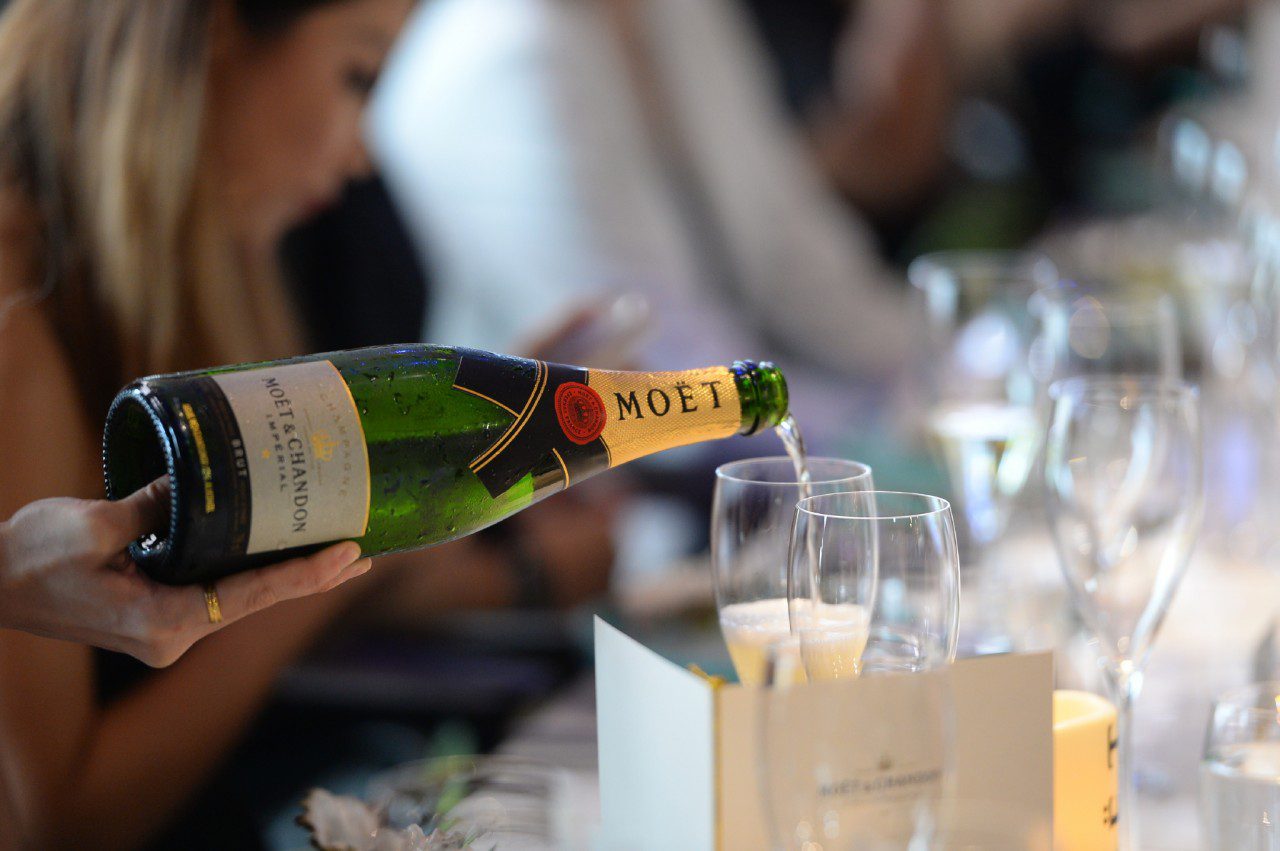
Q: Is there a wrong way to enjoy champagne?
A: You should never enjoy your champagne warm. It always has to be chilled. Should you want to dive into the aromas, flavours and sensations of the champagne, have it served in a white wine glass instead of a flute. Champagne is a wine that needs to breathe and although there are no rules as to the kind of glass champagne should be served in, using a white wine glass will give you a better experience overall. Regardless, we just want you to celebrate and have fun.
Q: What kind of food pairings do you think complement your portfolio of champagnes?
A: Champagne is a very precise wine with maturation and needs to be balanced out with something salty or savoury. Asian food is perfect in the sense where there many flavours, textures and minerals mingle. It goes to show that even the simplest ingredients can pair well with champagne. One thing to note though is the level of sugar. With that said, everyone’s palate varies.

